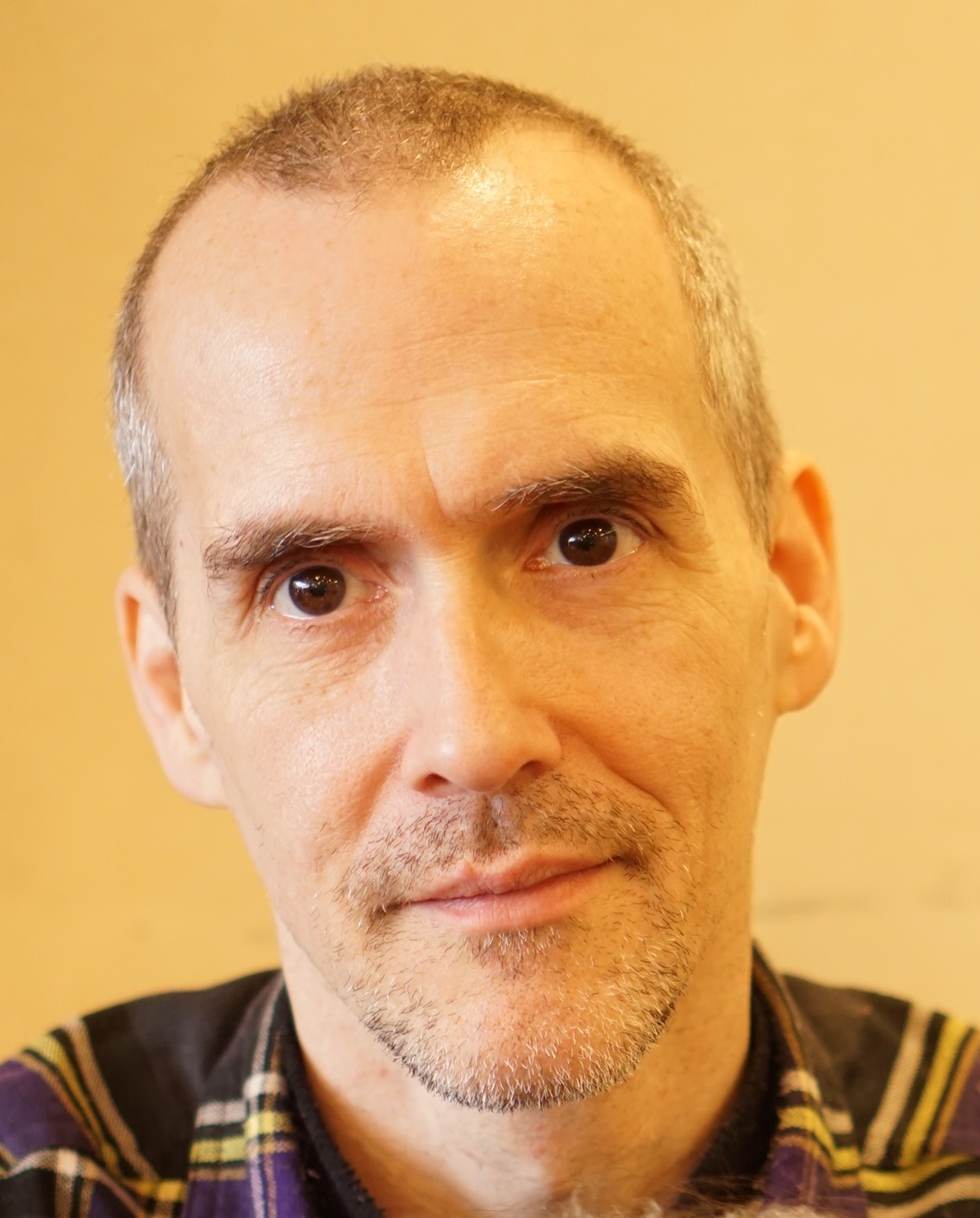By the end of this unit you should:

Listen to this introduction to find out the name of your teacher and how to contact him on campus and via email.

Get to know your teacher and classmates by asking and answering questions related to language learning and educational technology. Some possible questions are:
Read the introduction below:
The official university course syllabus provides an overview of the course structure and gives details of the grade percentages awarded to coursework, report and demonstration.
The course divides into two parts: (1) theory and tools, and (2) prototype development. You will work individually, in pairs or teams to understand both the theory and practice of technology-enhanced language learning. Given the small-class size, our course will be tailored to the needs, wants and lacks of participants.
You will work individually, in pairs or teams to develop a prototype technology-enhanced language learning (TELL) tool. You also need to write a detailed report explaining the theoretical underpinning, detailing the initial remit, describing and evaluating the final tool.
Coursework, report and software need to be submitted via the learning management system ( ELMS ).
The demonstration of the TELL tool may be given live or, if you prefer, you can submit a video recording of the demonstration.
Five main learning theories in education are:
Although there are many theories of learning, the three most well-established theories are: behaviourism, cogntivism and constructionism. Social constructinism and connectivism, are more recent developments.
Click on the name of the learning theory to read 100-word summaries of each of the give learning theories. Texts were generated by ChatGPT-4.
Behaviourism is a learning theory that focuses on observable behaviors and emphasizes the role of external stimuli in shaping responses. This theory asserts that learning occurs through reinforcement and punishment, which serve to strengthen or weaken associations between stimuli and responses. In the classroom, teachers can apply behaviourist principles by using techniques like repetition, practice, and feedback to help learners develop desired skills and habits.
Cognitivism is a learning theory that focuses on the mental processes involved in acquiring, processing, and storing information. This theory highlights the role of the learner's cognitive structures, such as memory, perception, and problem-solving skills. Cognitivist teaching strategies include organizing content logically, using analogies, and promoting metacognition to help learners develop deeper understanding and efficient mental models.
Constructivism is a learning theory that posits that individuals actively construct their knowledge and understanding through personal experiences and reflection. This theory emphasizes the importance of the learner's prior knowledge, motivation, and active engagement in the learning process. Constructivist teaching strategies include problem-based learning, inquiry-based activities, and opportunities for learners to explore, experiment, and make connections to their existing knowledge.
Social constructivism is an extension of constructivism, emphasizing the role of social interactions and cultural context in the knowledge construction process. This theory posits that learners build knowledge through collaboration, negotiation of meaning, and shared experiences. Social constructivist teaching strategies include collaborative learning, group discussions, and activities that encourage learners to negotiate meaning and co-construct understanding with their peers.
Connectivism is a learning theory that focuses on the role of networks, digital technology, and social connections in the learning process. This theory posits that knowledge is distributed across various nodes, and learning occurs as learners navigate and make connections within these networks. Connectivist teaching strategies include encouraging learners to build and maintain personal learning networks, leveraging digital tools for collaboration and knowledge sharing, and fostering the development of digital literacy skills.
Consider how you learned your second or additional languages. Discuss which of these approaches you have used.
Listen to a short lecture describing and explaining the different approaches.
Read pp.28--29 of this research article to understand two theories related to humans interacting with technology that are most directly related to language learning. The two theories are:
Compare and constrast the following pairs of terms. Work in pairs. Take it in turns to state the similiarities and differences. Provide feedback to your partner
Read the table below to understand the differences between the five learning theories.
| Aspect | Behaviourism | Cognitivism | Constructionism | Social Constructivism | Connectivism |
|---|---|---|---|---|---|
| Primary Focus | Stimulus-response associations, reinforcement, and conditioning. | Internal mental processes, memory, and problem-solving. | Learning through making, personal experience, and exploration. | Social interactions, cultural contexts, and negotiation of meaning. | Learning through networks, digital technology, and the flow of information across people and tools. |
| Role of the Teacher | Deliver structured content and reinforce desired behaviors through rewards. | Facilitate understanding, structure content, and support cognitive processes. | Guide and support personal exploration and construction of knowledge. | Mediate and scaffold learning in a social context. | Connect learners to information sources and create a learning community. |
| Role of Technology | Deliver and reinforce learning material efficiently. | Support cognitive strategies and processes (e.g., simulations). | Tools for creating, experimenting, and exploring. | Platforms for social interaction and collaboration. | Integral for accessing, interacting, and distributing information. |
| Learning Process | Passive absorption of information. Behavior is shaped by external factors. | Active mental processing and organization of information. | Active construction of knowledge through hands-on experience. | Co-construction of knowledge through social negotiation and interaction. | Learning is a process of connecting specialized information sets and sources. |
| Foundational Theorists | B.F. Skinner, Ivan Pavlov, John Watson. | Jean Piaget, Jerome Bruner, John Sweller. | Seymour Papert, who was influenced by Jean Piaget | Lev Vygotsky, Jean Lave, Etienne Wenger. | George Siemens, Stephen Downes. |
Can you explain:
If you cannot, make sure that you do before your next class.
Running count: 11 of 65 concepts covered so far.